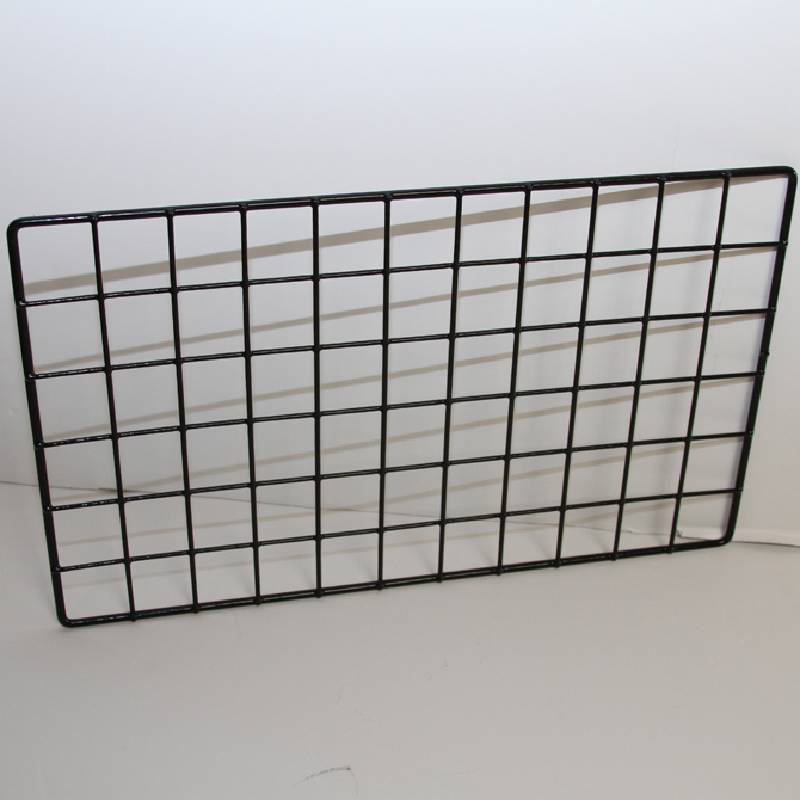
- Mobile Phone
- +8613931874955
- sales@cntcmetal.com
wire form springs
Understanding Wire Form Springs Versatility and Applications
Wire form springs are essential components in various mechanical and industrial applications due to their unique flexibility and strength. Renowned for their ability to endure significant stress while providing reliable performance, wire form springs find usage in a wide range of products—from everyday items to complex machinery. In this article, we will explore the characteristics, manufacturing processes, and applications of wire form springs, highlighting why they are a preferred choice in diverse fields.
What Are Wire Form Springs?
Wire form springs are crafted using high-quality wire that is bent into specific shapes to store and release energy. Unlike traditional coil springs, wire form springs are custom-made to fit particular applications, allowing for intricate designs and configurations. They can be made from various materials—such as stainless steel, carbon steel, and specialty alloys—ensuring that they meet the specific strength, corrosion resistance, and temperature requirements of the end product.
Manufacturing Process
The manufacturing of wire form springs involves several stages. First, precision wire is selected based on the desired properties relevant to the application. Next, the wire is processed through a series of bending and shaping procedures using advanced CNC (Computer Numerical Control) machines to achieve the desired geometry. The bending process must be meticulously controlled to ensure consistent tension and compression throughout the spring's lifespan.
After the initial shaping, the springs are often heat-treated to enhance their strength and elasticity. This heat treatment process varies depending on the material used and the specific requirements of the application. Once the springs are ready, they undergo rigorous quality control checks to ensure they meet specified tolerances and performance standards.
Types of Wire Form Springs
Wire form springs can take on various forms, depending on their applications. Some common types include
1. Flat Springs These springs are often used in applications where space is limited. They provide a reliable means of energy storage and can be found in anything from electrical devices to automotive components.
2. Compression Springs Designed to handle compressive loads, these springs are commonly found in machinery and automotive applications, where they assist in damping vibrations or absorbing shocks.
wire form springs

3. Tension Springs These springs are designed to bear tensile loads and are commonly used in applications such as balancing mechanisms and door closures.
4. Extension Springs Similar to tension springs, extension springs are best suited for situations where the spring must stretch. They are widely utilized in tools and machinery to return components to their original position.
Applications of Wire Form Springs
Wire form springs have a wide variety of applications across different industries. For instance
- Automotive In the automotive sector, wire form springs are used in suspension systems, brake mechanisms, and seat adjustments to provide safety and comfort. They play a crucial role in ensuring the smooth operation of various vehicle components.
- Electronics In electronic devices, wire form springs help to maintain contact between components or act as stabilizers for moving parts. They are integral to the functioning of appliances, gadgets, and communication devices.
- Medical Devices Wire form springs are vital in medical applications, where they can be found in surgical instruments, diagnostic equipment, and patient care devices. Their reliability and precision are crucial in ensuring patient safety.
- Aerospace In the aerospace industry, wire form springs are used in various applications, from aircraft controls to landing gear. Their ability to withstand extreme conditions makes them indispensable in flight technology.
Conclusion
Wire form springs are an essential component in numerous applications. Their ability to be customized, combined with the strength and versatility of the materials used, allows engineers to develop innovative solutions tailored to meet specific demands. From automotive to aerospace, the utilization of wire form springs spans across vital industries, proving their indispensable nature in modern technology. As manufacturing techniques and materials continue to advance, the future of wire form springs looks promising, ensuring their place at the heart of innovation and performance across various fields.
share:
-
Your Source for Concrete Wall Ties and Masonry AccessoriesNewsJul.10,2025
-
Unlocking the Power of Iron Wire for Every ProjectNewsJul.10,2025
-
Explore Advanced Chain Wire and Stainless Steel Mesh FencingNewsJul.10,2025
-
Discover the Benefits of Annealed Wire ProductsNewsJul.10,2025
-
Discover China Stainless Steel Wire Mesh SolutionsNewsJul.10,2025
-
Build with Confidence Using High-Performance Masonry AccessoriesNewsJul.10,2025
-
Why Sacrificial Formwork Is Redefining Underground ConstructionNewsJun.06,2025



















